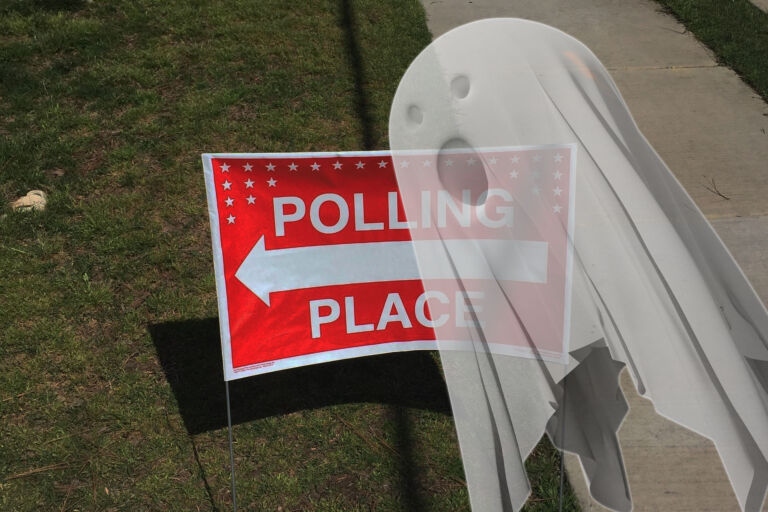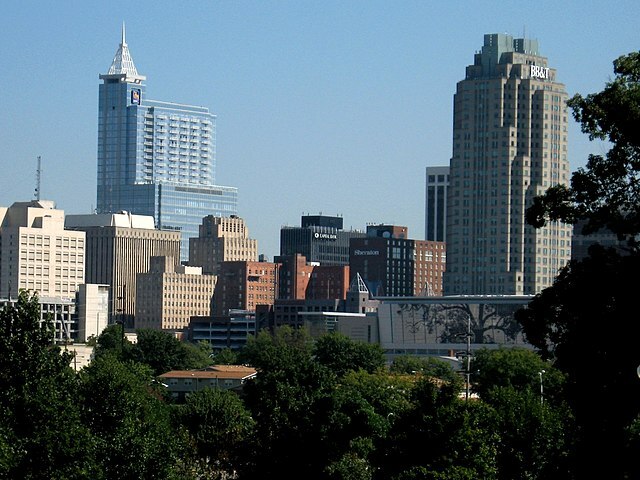Compared with unsubsidized Glenwood South, taxpayer-subsidized Fayetteville Street is a ghost town
Raleigh city leaders are quick to claim victory when a new "downtown" project is announced — in this case, a $15 million Hampton Inn hotel. Unfortunately for city leaders, including outgoing Mayor Charles Meeker, that project and three apartment complexes totaling 650 rental units are being built in the Glenwood South entertainment district, not downtown near the $221 million Raleigh Convention Center or the $20 million taxpayer-subsidized Marriott hotel.
According to The News & Observer, the new Hampton Inn will be Raleigh’s first non-taxpayer-subsidized hotel since the early 1980s.
Conventioneers using this new Hampton Inn will have to walk a mile and a half to the Raleigh Convention Center, but they might consider it worthwhile because in the evenings they will be in the middle of the dynamic Glenwood South nightlife instead of the "roll up the sidewalks at 5 p.m." Fayetteville Street.
We have noted this before, but it is worth repeating, especially since the new mayor and city council seem destined to follow the same failed taxpayer-subsidy strategy used by Meeker during his long tenure as mayor: At last count, the city council had pumped $1 billion in taxpayer subsidies into developing Fayetteville Street but $0 into Glenwood South. The result? Consumers are freely choosing to spend their money at Glenwood South’s unsubsidized restaurants and nightspots, while the city council continues to force taxpayers to subsidize largely empty businesses along Fayetteville Street.
We have started an office pool at JLF. Whoever is closest to predicting the date of the final failure of the The Mint, the Fayetteville Street restaurant given $1 million in taxpayer subsidies, wins.
Getting traffic priorities exactly backward
"At some point, efficiency has to take a bit of a back seat to safety." Jed Niffenegger, Senior Transportation Engineer, City of Raleigh
That is the concluding quote in this N&O report on the 84 crashes since the new roundabout opened on Hillsborough Street in Raleigh. It would seem that a traffic engineer’s first priority would be safety, not efficiency. Roundabouts are popping up everywhere, however, as part of a larger fad called traffic calming.
In non-Orwellian language, traffic calming is engineering streets to make driving more difficult ("calmer"), which sometimes makes the streets more hazardous. Witness "the frequency and volume of crashes" with the Hillsborough Street roundabout. Especially with its confusing inner lane, one would think traffic engineers would have been able to predict these accidents. Perhaps it is the "world’s dumbest roundabout."
Beyond the crashes, however, are the potentially deadly consequences of traffic-calming causing slower response times by emergency vehicles. Jenna Ashley Robinson’s JLF report cited the conclusion of one researcher:
In other words, if emergency medical technicians were delayed one additional minute by traffic-calming devices, a heart attack patient would be 85 times more likely to die.
Maybe Raleigh’s traffic engineers would like to reconsider and allow efficiency to take a back seat to safety.
Click here for the Local Government Update archive.


